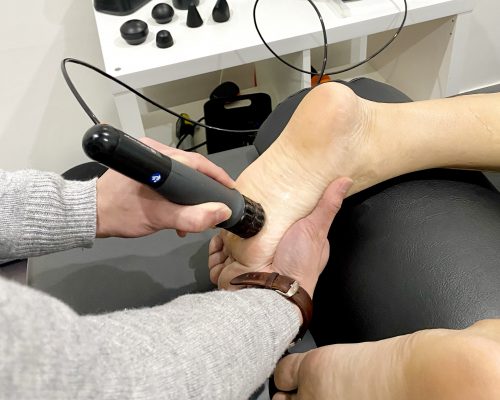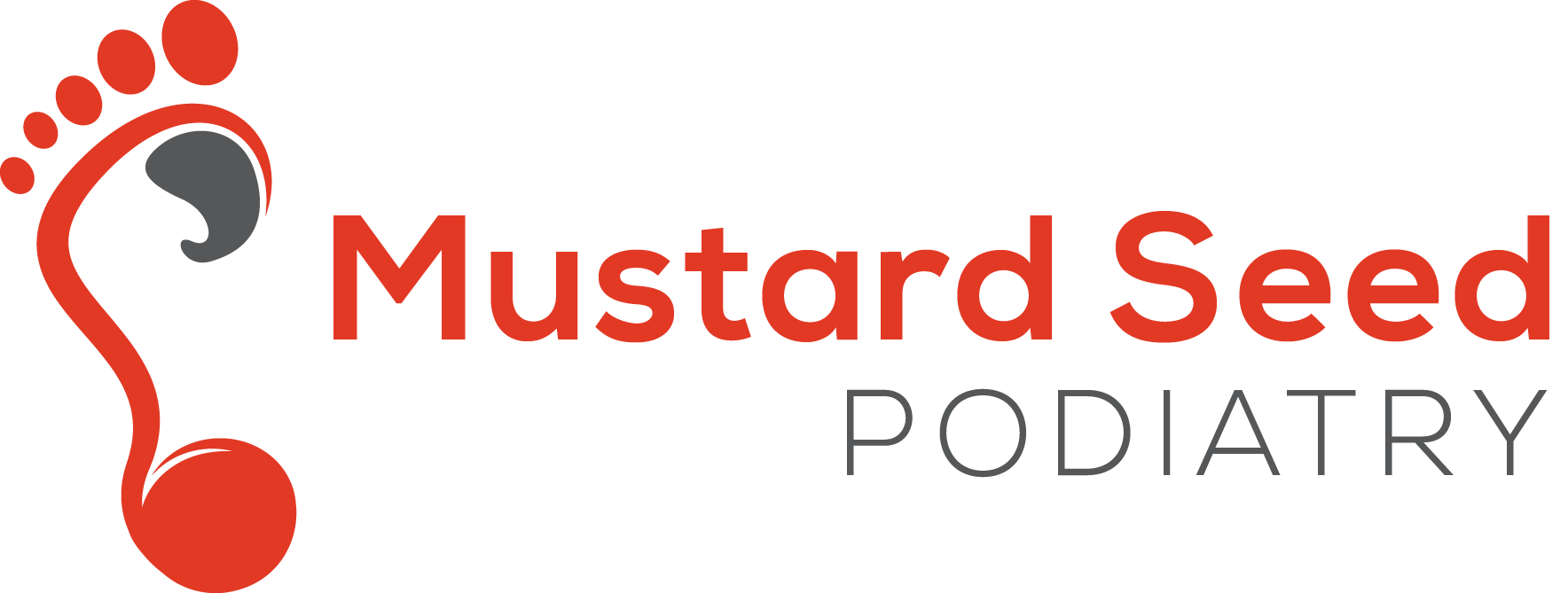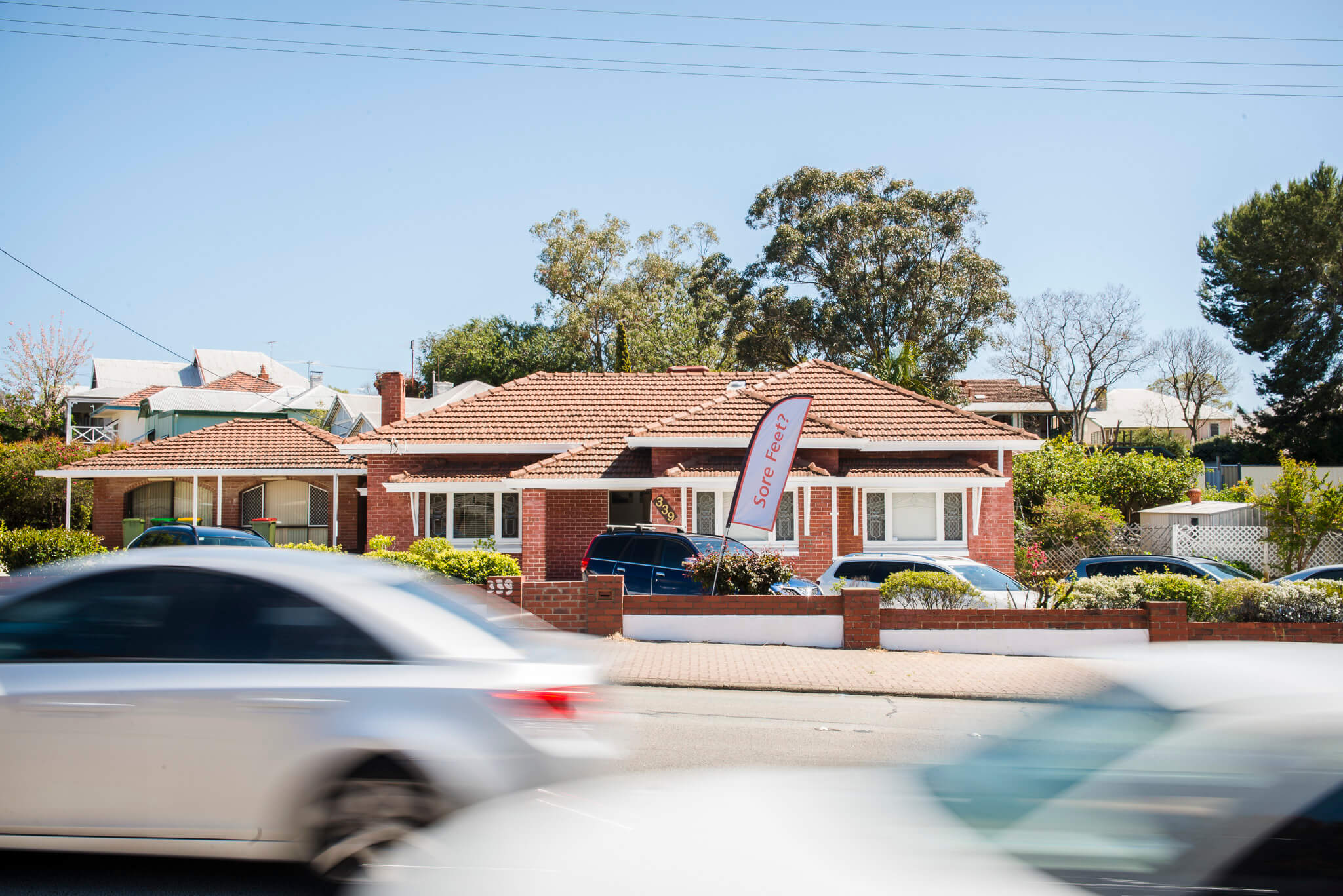
SHOCKWAVE THERAPY
An effective treatment for pain
Shockwave therapy uses high energy sound waves to trigger inflammation in the targeted tissues. You can see that as waking up hibernating tissues that have lost their ability to regenerate themselves. The end result of shockwave therapy is pain relief, increased regeneration and remodelling of the injured tissues. It is a treatment that encourages the body to heal itself.


